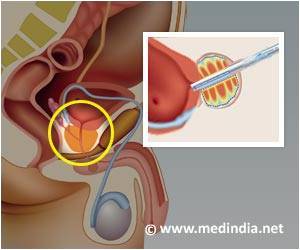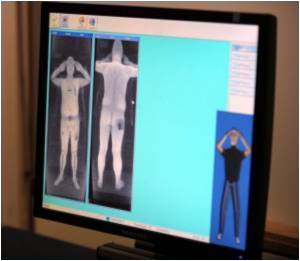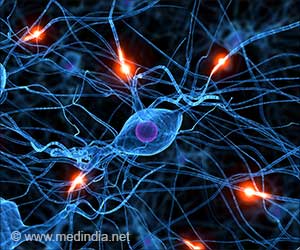Understanding of the element actinium has been improved by a new study at Los Alamos National Laboratory.

‘Improved understanding of the element actinium could support innovation in creating new classes of anticancer drugs.’





Maryline Ferrier, a Seaborg post-doctoral researcher on the Los Alamos team, said, "It is hard to handle large enough quantities of actinium to characterize its chemistry and bonding, which is critical for designing chelators." The insights from this new study could provide the needed chemical information for researchers to develop ways to bind actinium so that it can be safely transported through the body to the tumor cell. "To build an appropriate biological delivery system for actinium, there is a clear need to better establish the chemical fundamentals for actinium," Ferrier said. "Using only a few micrograms (approximately the weight of one grain of sand) we were able to study actinium-containing compounds at the Stanford Synchrotron Radiation Lightsource and at Los Alamos, and to study actinium in various environments to understand its behavior in solution."
Medical isotopes have long been a product of the Los Alamos specialty facilities, which create strontium-82, germanium-68 and other short-lived isotopes for medical scans. Taking advantage of the unique multidisciplinary capabilities of the Laboratory, researchers use the linear particle accelerator at the Los Alamos Neutron Science Center (LANSCE) to provide rare and important isotopes to the medical community across the United States. The expansion into actinium exploration moves the research forward toward treatment isotopes, as opposed to only diagnostic materials, says Ferrier.
For the actinium work, a spectroscopic analysis called X-ray Absorption Fine Structure (XAFS) was used, a sensitive technique that can determine chemical information such as the number of atoms surrounding actinium, their type (i.e., oxygen or chlorine) and their distances from each other. To help understand actinium's behavior in solution and interpret the data obtained with XAFS, these experimental results were compared with sophisticated computer model calculations using molecular-dynamics density functional theory (MD-DFT).
The study showed that actinium, in solutions of concentrated hydrochloric acid, is surrounded by three atoms of chlorine and six atoms of water. Americium, another +3 actinide often used as a surrogate for actinium, is surrounded only by one chlorine atom and eight water molecules. It has been assumed in the past that actinium would behave similarly to americium.
Advertisement
Perhaps the most potent impact of these studies will be on the application of the isotope actinium-225, which is used in a novel, attractive cancer treatment technique called targeted alpha therapy (TAT). TAT exploits alpha emissions from radioisotopes to destroy malignant cells while minimizing the damage to healthy surrounding tissue. "Our determination that actinium's behavior in solution is different than other nearby elements (such as americium) is directly relevant to TAT in a biological environment, which is always a complex solution," said Ferrier.
Advertisement
Source-Eurekalert














